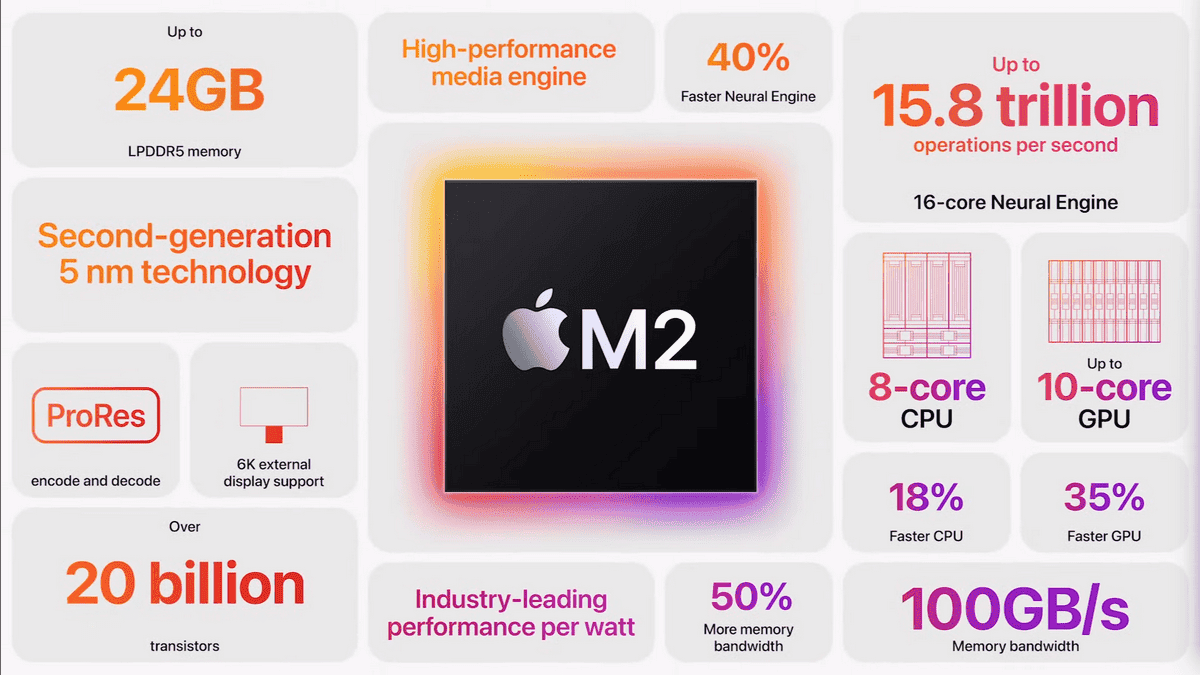Apple has one of the best mobile chips in the industry. However, its latest A16 Bionic SoC did not exactly live up to expectations as it comes with a design defect. To make up for this error, Apple is doing all it can to ensure that the upcoming A17 Bionic chip is free from any issues. A recent report from Tianfeng International Securities analyst, Ming-Chi Kuo, reveals that the slowdown of chip upgrades is not conducive to the sales of terminal products (such as A16 and M2 series chips). Apple is putting most of its IC design resources into the development of new chips.

Ming-Chi Kuo claims that in the near future, Apple will devote most of its design resources to the Apple Silicon mobile chip manufactured by the 3nm process. These chips will come with a massive improvement in performance and power consumption upgrades relative to older chips. This will be the next priority for the Apple team. Due to insufficient development resources, Apple has even postponed the development and mass production of its own 5G baseband and Wi-Fi chips. If all goes according to plan, Ming-Chi Kuo expects Apple’s “world’s most advanced 3nm processor” to enter mass production as soon as this year.
Apple 3nm mobile chip to come with huge upgrades
After upgrading to 3nm, the performance of Apple Silicon chips will be greatly improved. The chips include the A17 Bionic series to be used by the iPhone 15 as well as the new M-series chips used by the Mac. According to previous reports, Apple originally planned to make a major upgrade to the GPU of the A16 chip on the iPhone 14 Pro series. But after discovering an “unprecedented” mistake, it was forced to cancel the new GPU plan in the later stage of development.

Gizchina News of the week
There are reports that the A16 Bionic new gen. GPU is “too ambitious” and was originally going to add functions such as ray tracing. However, due to design flaws, it consumes much more power than expected. This directly affects the battery life and thermal management of the iPhone 14 Pro. Apple only discovered the design flaws of the new GPU in the later stage of development. The company had to rush to use the A15 GPU for a small upgrade. Not surprisingly, we will once again see a leap in GPU performance on the A17.
Strictly USB Type-C: iOS 17 code reveals
According to reports, the iOS 17 will not introduce any huge visual overhaul. Instead, the upcoming version will focus on improving stability and efficiency and supporting Apple’s Reality Pro AR/VR headsets. To that end, iOS 17 will have a new app dedicated to headsets. It will allegedly be a concept similar to the Watch app, but with “more huge functions”. The Home app appears to be getting a makeover, with “big changes” in the works. There will also be minor “tweaks” to the “Find My” device tracking feature.

It appears that iOS 17 is built to run on six devices with Smart Island. Two of these devices are already the iPhone 14 Pro and iPhone 14 Pro Max. Thus, the four iPhone 15 models will all adopt the Smart Island and finally abandon the notch.
According to other parts of the iOS 17 code, all four upcoming iPhones will switch to USB Type-C ports. But only two will support USB 3.2 speeds, presumably the Pro and Pro Max. Non-Pro phones will still have similar transfer speeds to what they currently get with Lightning. Finally, the iPhone 15 Pro Max will feature “more advanced” image processing software. It will also come with a better cooling system. This may be possible, at least in part, due to the fact that the phone is physically larger.